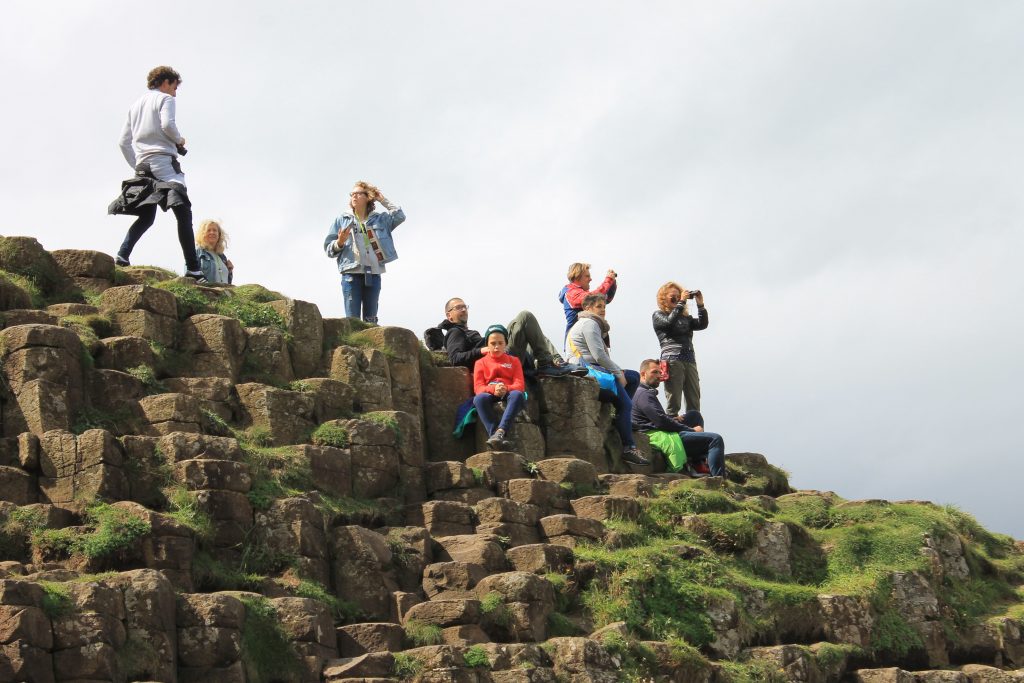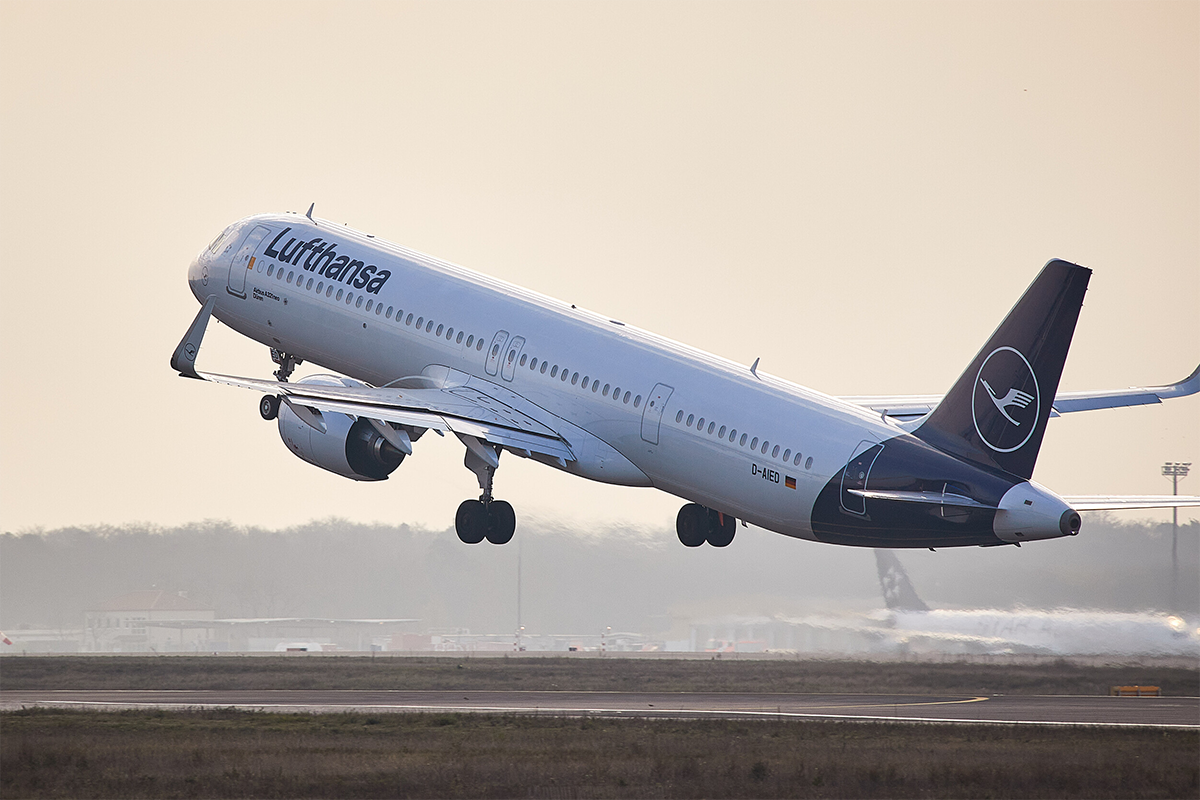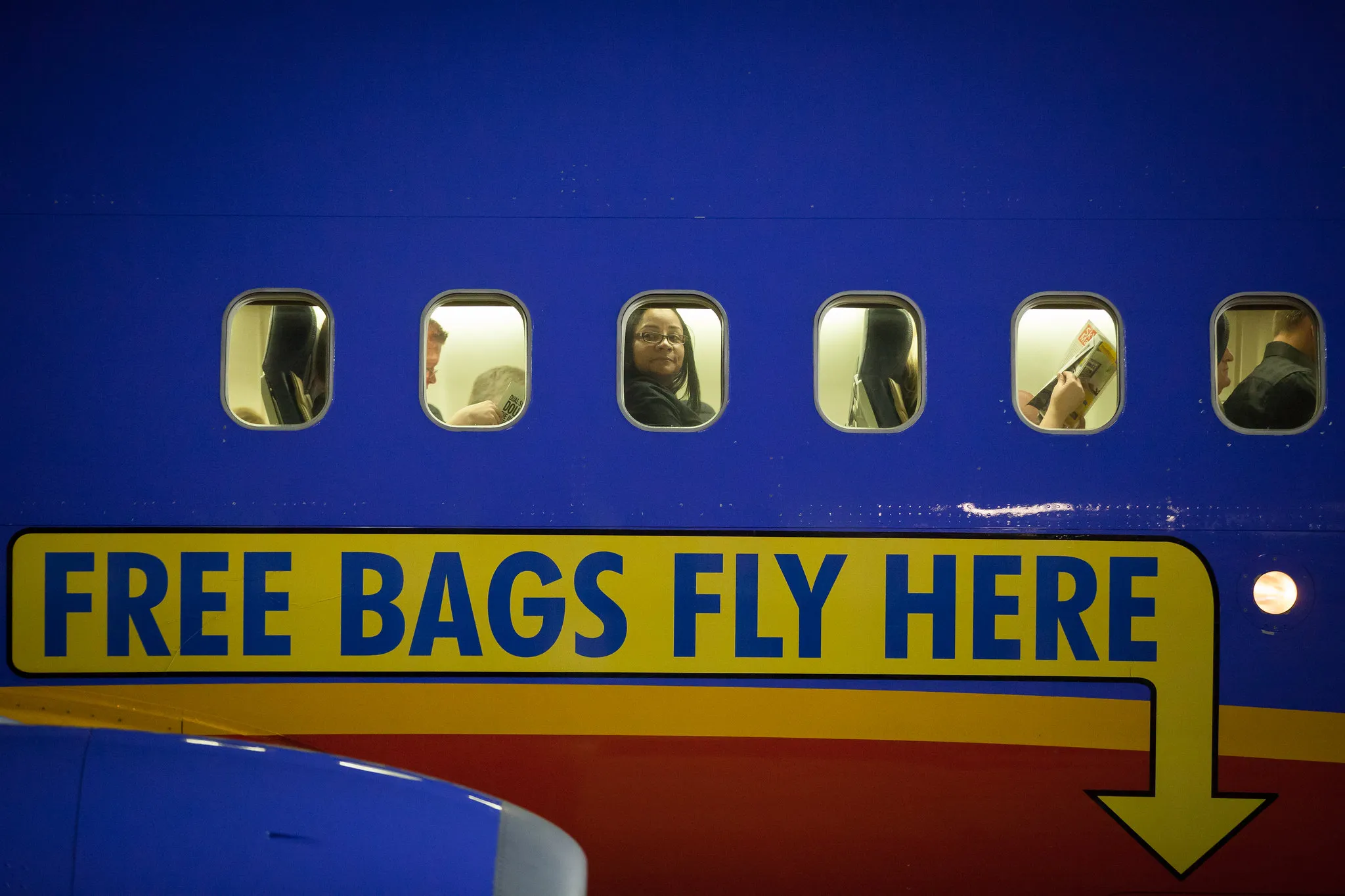Combating Overtourism Requires a More Holistic Approach

Skift Take
As destinations attempt to cope with the burden of increased tourism growth, foundational work is being done to develop methods for planners and administrators to create a more sustainable future.
A new report from EplerWood International, The Travel Foundation, and Cornell's SC Johnson College of Business examines the complexities that have stymied any standardized approach to dealing with the ramifications of overtourism.
Destinations at Risk: The Invisible Burden of Tourism looks at cases around the world of destinations struggling to manage tourism despite political and administrative efforts to do so. The report outlines one of the key problems with devising a solution to overtourism: No standard methods exist, primarily because stakeholders were able to ignore obvious issues for so long.
"I don't think it's been conceived of as being the responsibility necessarily of the destination community, the tourism community," said Megan Epler Wood, founder of EplerWood International and a co-author of the report. "I would say that the limits of their responsibility had been carefully scoped for a generation... and that generation of work has relied on [not dealing with] the crises that we're now facing. Those invisible burdens basically could remain invisible because they could essentially be hidden and would not require action, but now they just can't [remain hidden anymore]."
The global tourism industry is always concerned with tracking and encouraging increased demand from tourists. What it hasn't yet developed is better ways of tracking and managing supply, whether from the perspective of access to tourist sites or the impact on natural resources or waste systems.
Geographic information system mapping, a method of tracking and analyzing data often used by cities, is one way that destination managers can look to have greater insight into the effect of tourism on a destination. Part of the problem is that the various aspects of a destination that tourists frequent are usually not controlled or tracked by a central authority, leading to a limited ability for managers tasked with fighting overtourism to actually get anything done.
Stronger data tools would help grant destination managers a more holistic view of tourism's wider impact on a destination besides overcrowding and non-renewable resource use. This will lead to better planning with an eye on the future.
"Some things are not owned by any member of the supply chain; they rely on public resources like beaches, bays, islands, mountains," said Epler Wood. "These are all public resources that are often managed by different agencies. But when we looked at the question of how tourism literature looks at planning from the point of view of [geographic information system] mapping, we found a 20-year gap in the literature. That was very startling to me."
Here is a breakdown of what destinations usually track when it comes to the impact of tourism, and what they don't.
| Currently Tracked | Typically Not Tracked |
| Airports | Greenhouse Gas Emissions |
| Transportation Networks | Maintenance of Natural Ecosystem |
| Communication Networks | Restoration of Ecosystem Services |
| Non-Renewable Energy Sources | Renewable Energy Costs |
| Non-Renewable Water Sources | Renewable Water Sources |
| Waste Water Management (in Developed World) | Waste Water Management (in Emerging Economies) |
Source: Destinations at Risk: The Invisible Burden of Tourism
The report examines a few case studies from around the world. In Thailand, the appointed Minister of Tourism has a staff of 130 stationed in Bangkok but that staff does not have the relevant training to manage extreme tourism growth over the coming decades.
In Australia, authorities found that citizens were willing to pay $568 million in taxes each year on upkeep for the Sydney Opera House, giving the venue a valuation of $2.1 billion. By appropriately valuing one of Australia's bucket list destinations, destinations can learn how to better manage access and ensure that tourists pay their fair share.
Every destination faces its unique set of challenges and political circumstances. Stronger planning, and more insight into the availability of supply in a destination, can help destinations cope with the impacts of increased tourism.
You can read the full report here.
Skift’s in-depth reporting on climate issues is made possible through the financial support of Intrepid Travel. This backing allows Skift to bring you high-quality journalism on one of the most important topics facing our planet today. Intrepid is not involved in any decisions made by Skift’s editorial team.




